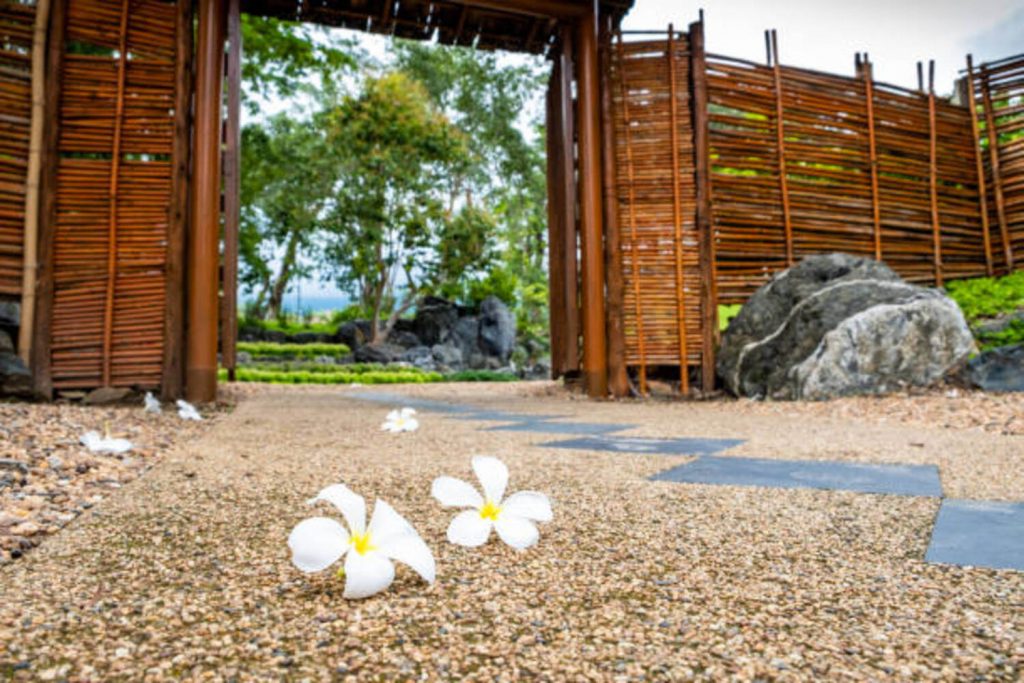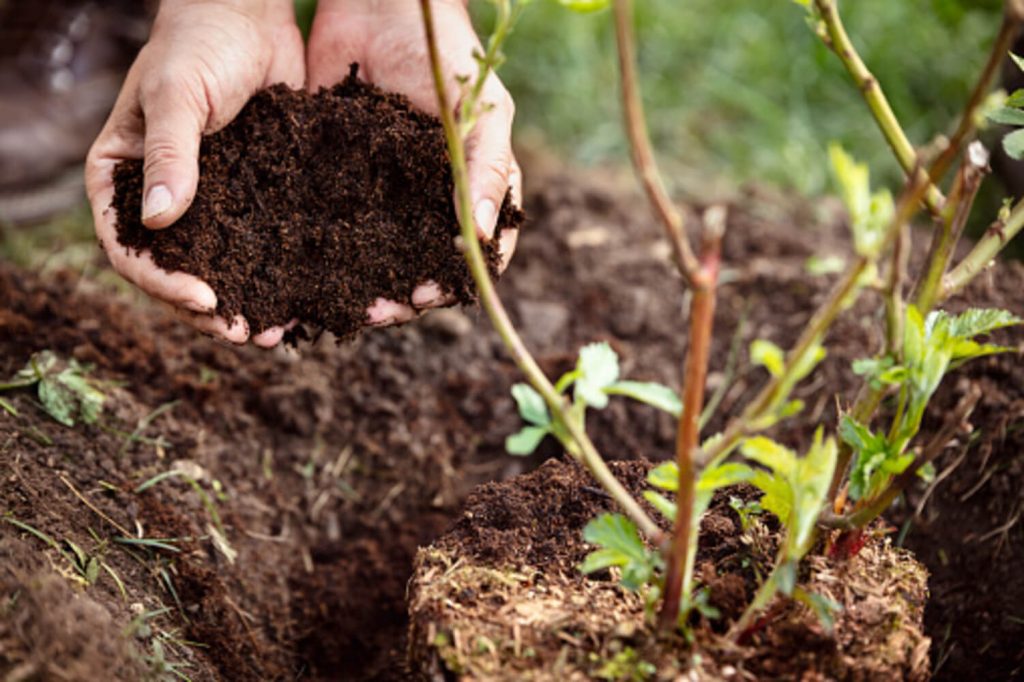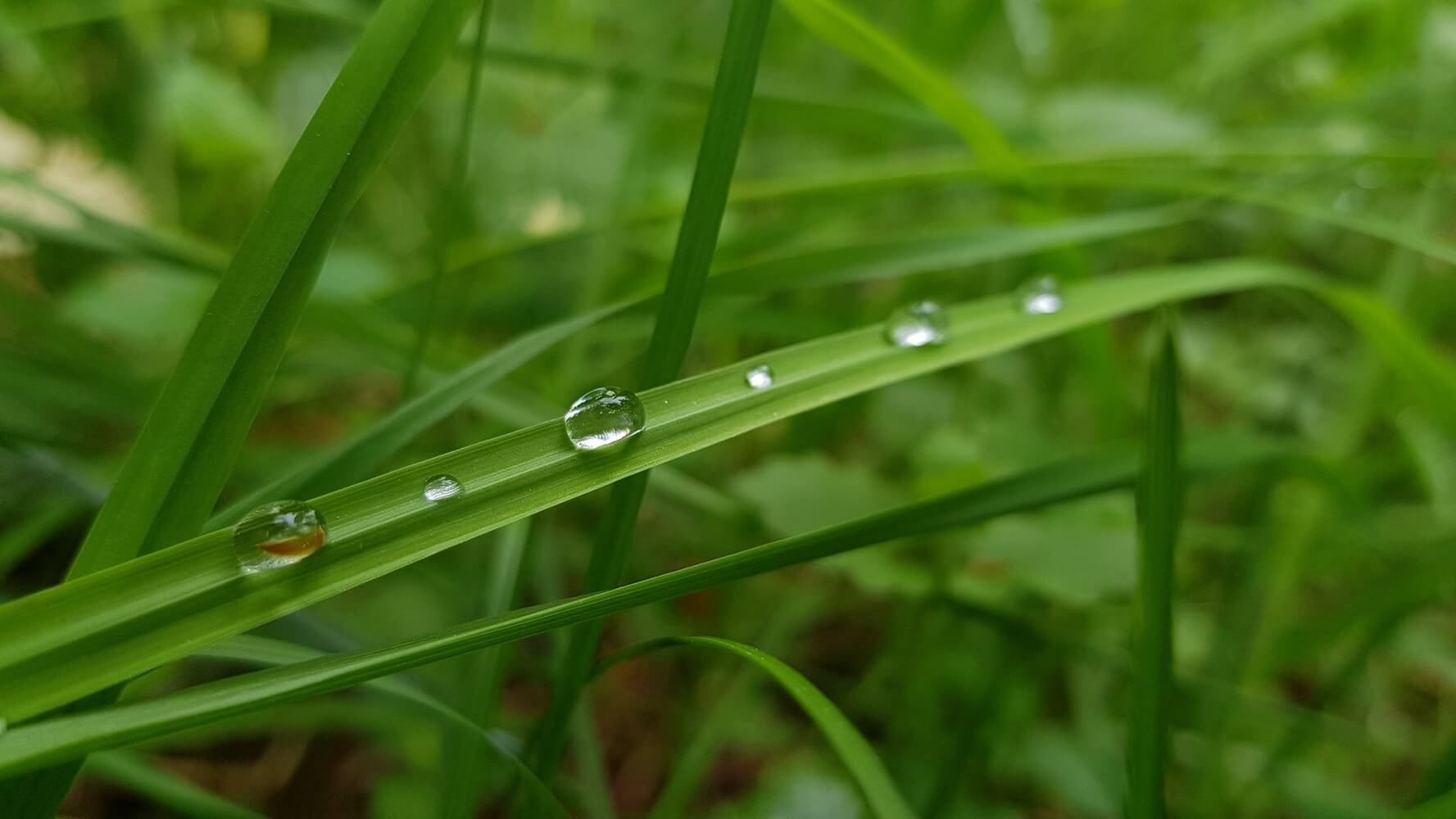How to Take Care of Your Yard in the Cold Weather
Landscaping and gardening are great ways to improve your property’s curb appeal, which is the first impression people get of your house. Landscaping helps enhance your aesthetics, while gardening keeps your plants thriving. But life isn’t always a piece of cake. It can be tricky to maintain your lawn when you live in a cold area. The ice can damage the plants, and they might not get enough nutrients from the soil. But don’t worry. Here’s a comprehensive read on how to implement breathtaking landscapes despite the cold.
How Does Cold Affect Plants?
One crucial fact to remember is that plants are living things too. Certain conditions must be met for them to survive. Just like how too much heat is bad, excessive cold can be harmful to them as well because:
- Basically, cold freezes plant cells that block pathways and deprive them of the ability to collect nutrients.
- Based on the same logic above, it’ll take longer or even impossible for seeds and seedlings to grow.
- Cold weather can freeze water and moisture on the ground, significantly depleting a plant’s existing water supply.
Although freezing might not seem as devastating as the wilt caused by extreme heat, it’s still important to take precautionary measures. Below are some tips on how you can protect your yard from the cold.
Create a Gravel Courtyard for Heat Retention
A gravel courtyard is a beautiful, simple way to add value and beauty to your yard. Gardeners often appreciate the minimal upkeep that gravel requires when compared with other surfaces in the yard. However, many homeowners are surprised by how much heat can accumulate on a gravel surface during the day. This circulating heat will then be retained throughout the nights to keep your plants warm. Upon applying your gravel yard, you’ll notice that it makes the air surrounding the place feel warmer at the end of the day.

Know How to Maintain Your Tools
Your garden tools are just as essential as the plants and grass dotting your lawn. If not properly maintained, they can cause problems that might mess up your hard-earned yard. Do this by keeping an eye on their state and performing regular cleaning and oiling of each tool.
Ideally, maintaining a set schedule for these tasks is best. For example:
- Every month or so, check every tool’s condition & sharpen blades if needed.
- Every two months – apply more lubricant to hinges and moving parts, if necessary.
- Make sure that when sharpening tools such as shovels and spades, most people recommend doing it with a whetstone first if only tiny nicks are involved.
- If you decide to use a grinder, make sure to wear safety glasses and gloves so that your eyes and hands do not get hurt.
Reduce Soil Compaction
Soil compaction happens when air, moisture, and organic matter in the soil squeezes together because of the cold. This causes roots to suffocate, killing the plants eventually. That’s why you should avoid placing large piles of snow on your lawn.
If you do not have the option to move it, try using a rake to redistribute everything evenly. For easier compaction control, start shoveling the snow early in the day so that it has time to melt before nightfall.
Mulch the Soil
Mulching in the winter is a great way to keep your soil protected and prevent erosion. Winter mulching also helps with weed control in early spring, so you can get an extra jump on removing them before they set seed and grow into mature plants later in the summer.
Regardless of whether you use wood chips or straw for your landscape beds, add three inches of compost material, if possible, over areas that will be exposed during the coldest parts of winter when temperatures drop below freezing. This will create a barrier from the cold while retaining moisture when the air gets too dry.

Get Rid of Standing Water
Standing water can lead to several problems, including algae growth, mosquito infestations, and it also provides a breeding ground for other unwanted pests. Not to mention they can harden into ice and kill the grass or ground covers it freezes with it. That said, it’s best to get rid of standing water as soon as possible. Remove objects and level areas where water can collect after the rain.
Grow Cold-Tolerant and Winter-Loving Plants
What’s an even better way to improve your yard in the cold than by planting cold-tolerant and winter-loving plants? Excellent examples of plants that can withstand freezing temps include:
- Flowers: daffodil, snowdrop, winterberry, pieres, cyclamen, and other northeastern natives.
- Trees: Lacebark Elm, Deodar Cedar, Colorado Blue Spruce, Japanese Maple
- Shrubs: Mahonia Japonica, Firepower, Viburnum Davidi, Wintergold
Conclusion
Landscaping in the heat or the cold takes effort. If you want to rock an impressive lawn, use the tips above and be consistent in doing your part. Cheers!


